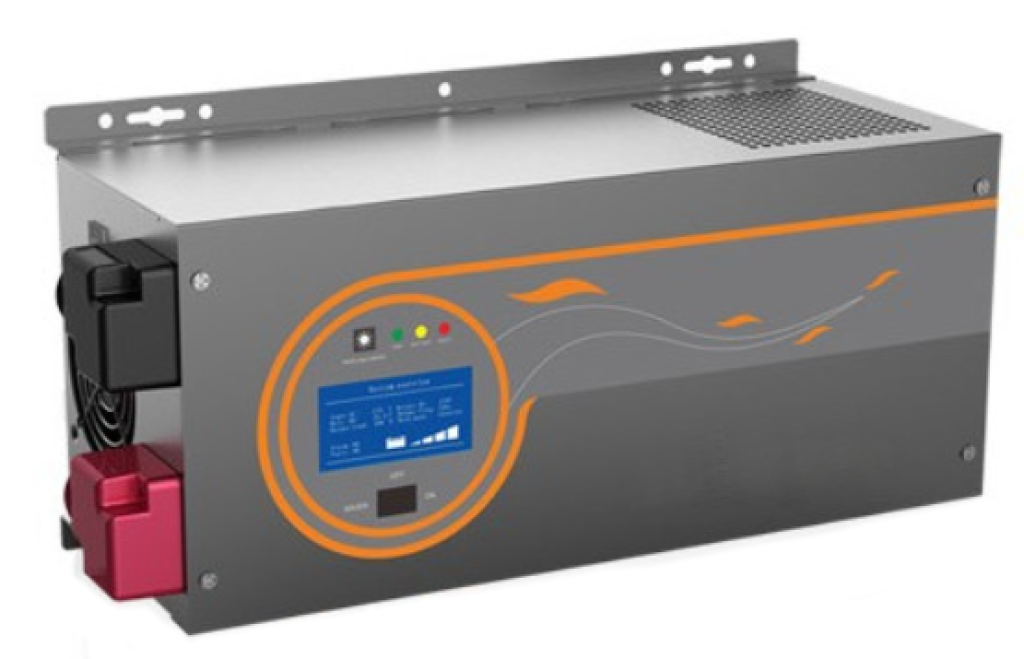
Home emergency power supply: In the case of power failure, the ordinary inverter can be used to convert the direct current of the battery into alternating current to supply power to some basic household appliances, such as lighting fixtures, electric fans, etc.
Vehicle power supply: used in cars, RV and other vehicles, the direct current of the vehicle battery is converted to alternating current, for the vehicle electrical appliances such as car refrigerator, laptop and other equipment power supply.
Small solar power system: In some small off-grid solar power projects, ordinary inverters can convert the direct current generated by solar panels into alternating current for use in homes or small commercial establishments.

Main technical index
Rated output voltage: In the specified DC input voltage allowed fluctuation range, output rated current, the inverter should output rated voltage value, usually 220V. The output voltage stability of the inverter represents the voltage regulation ability of its output voltage. Most inverter products give the percentage of deviation of the output voltage of the inverter within the allowable fluctuation range of the input DC voltage, which is usually called the voltage adjustment rate.
Rated output frequency: under the specified conditions, the frequency of the inverter output AC voltage should be a relatively stable value, usually 50Hz, and the deviation should be within 1% under normal working conditions.
Load power factor: Characterizes the ability of the inverter to carry inductive or capacitive loads. Under sine wave conditions, the load power factor is 0.7-0.9 (hysteresis) and the rating is 0.9.
Rated output current (or rated output capacity) : Rated output current refers to the rated current value that the inverter should output under the specified output frequency and load power factor. Some inverter products give a rated output capacity, which is expressed in VA or kVA.
The efficiency of the inverter: refers to the ratio of the output power to the input power under the specified working conditions, expressed as a percentage, the efficiency of the inverter will vary greatly due to the different load。
Web:www.cnshuyi.com;
Tel/Fax: 0086-577-62840011
WhatsApp: 008613355775769

